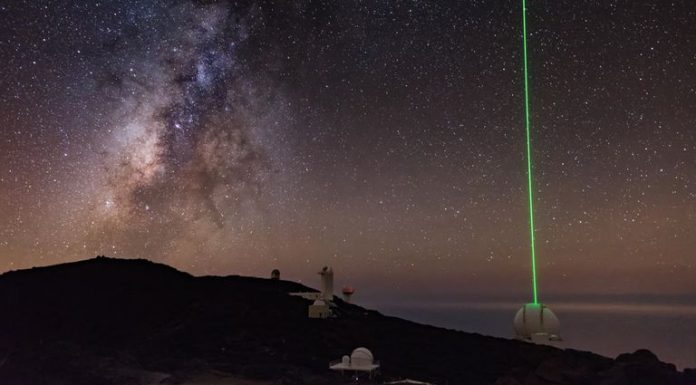Alien life may be more unlikely than commonly thought, according to a UK study that hints at a cosmic lack of phosphorus.
The element is required for some of the most fundamental behaviour of life itself. It helps us store and move energy around our bodies, and forms the foundation of DNA.
But the new research suggests we’ve only got enough of it on Earth because we were close enough to a supernovae.
Phosphorus is formed as stars explode at the end of their lives. But the typical supernova might not have the right conditions to create it.
Instead, Earth may be unusually lucky, because it happened to be situated close enough to the “right” kind of supernova.
Astronomer Dr Jane Greaves, from the University of Cardiff, said: “The route to carrying phosphorus into new-born planets looks rather precarious.
“We already think that only a few phosphorus-bearing minerals that came to the Earth, probably in meteorites, were reactive enough to get involved in making proto-biomolecules.
“If phosphorus is sourced from supernovae, and then travels across space in meteoritic rocks, I’m wondering if a young planet could find itself lacking in reactive phosphorus because of where it was born?
“That is, it started off near the wrong kind of supernova?
“In that case, life might really struggle to get started out of phosphorus-poor chemistry, on another world otherwise similar to our own.”
The evidence comes from observations of two supernova “remnants”, Cassiopeia A (Cas A) and the famous Crab Nebula.
The team used the UK’s William Herschel Telescope on La Palma, Canary Islands, to look for signatures of phosphorus and iron from the Crab Nebula, the aftermath of a supernova explosion 6,500 light years away in the constellation of Taurus.
A previous study had searched for phosphorus from Cas A, 11,000 light years away.
Comparing results from the two observations showed much less phosphorus from the Crab Nebula than Cas A, which came as a surprise.
Dr Phil Cigan, another of the Cardiff astronomers, said: “The two explosions seem to differ from each other, perhaps because Cas A results from the explosion of a rare super-massive star.”
The findings were presented at the European Week of Astronomy and Space Science meeting in Liverpool.
The scientists now plan to continue their search to see if other supernova remnants also lack phosphorus.















